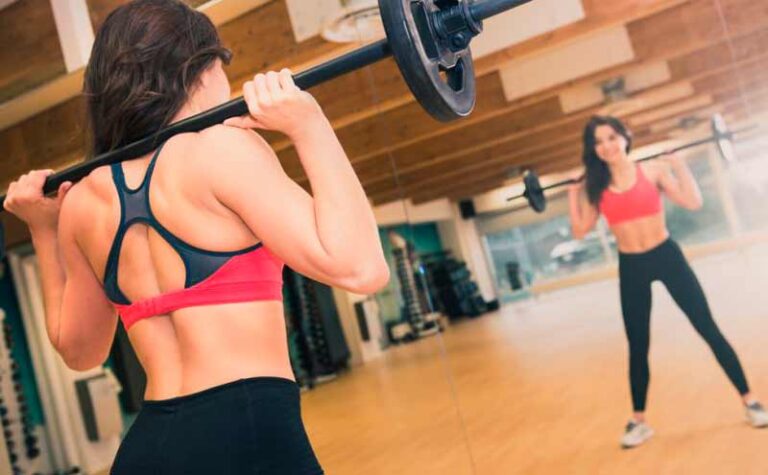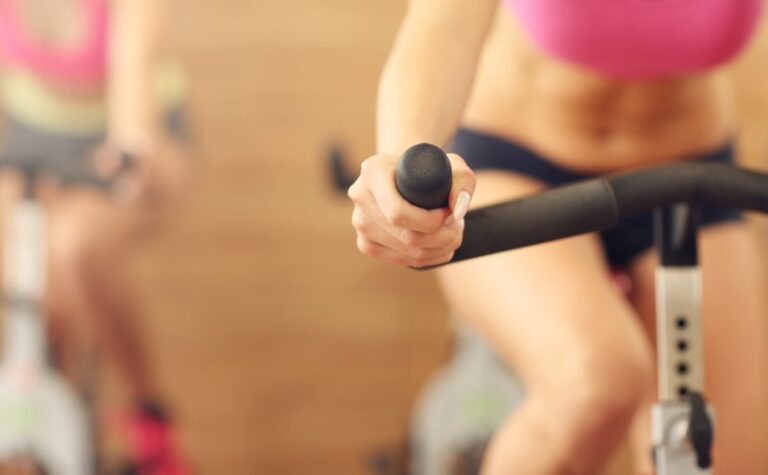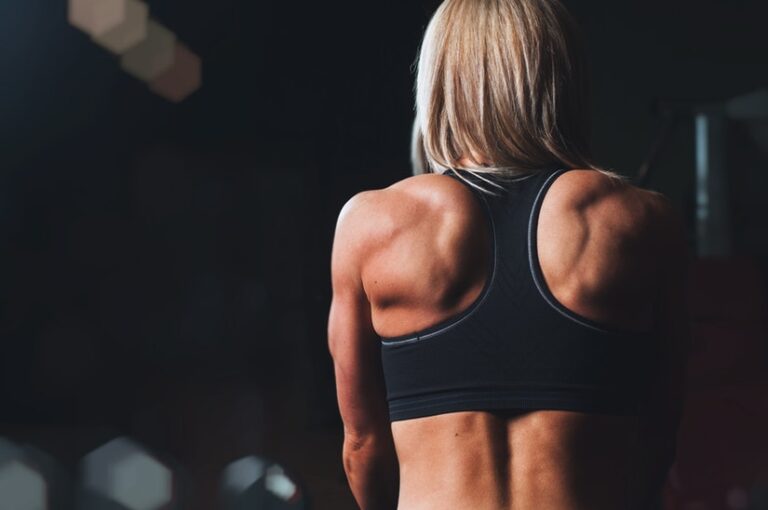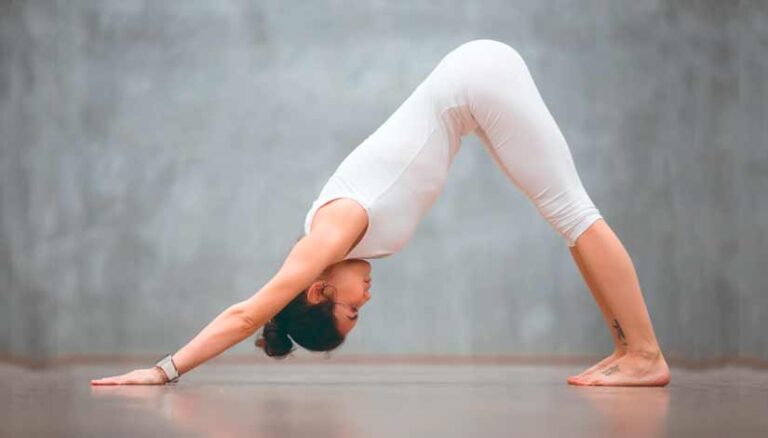
The GAP training system consists of a whole series of exercises whose purpose is to work the muscles included in the buttocks, the abdominal area and the legs. It is a very popular exercise modality, and the GAP led sessions in many gyms are always full of faithful practitioners.
The reasons for its success are not hard to imagine. The areas that are worked on in a GAP session are those in which more body fat tends to accumulate, so that the potential for aesthetic improvement when working on these areas is a very compelling reason for many of us to get to work immediately.
GAP for beginners: the exercises that you will practice in the first session
Also, by toning both the core and the legs, practicing GAP workouts regularly will help you improve your mobility and balance, as well as your postural hygiene. It is a very complete training system that, in addition, can be done in short sessions. If you enter your first GAP class, these are some exercises that you will most likely come across:
1. Pelvic lift
Lie in a supine position, that is, on your back. Extend your arms on either side of your body naturally, palms down. Bring your legs so that your shins are at about a 90 degree angle to the ground. Raise your hips focusing the effort on your gluts until your torso forms a straight line with your thighs. It is usual to perform between 3 and 5 sets of between 10 and 20 repetitions.
The pelvic floor lift exercise can be performed with one leg fully extended, so that the effort is concentrated on the gluten of the supporting leg.
2. Iron
It is another of the basic exercises of GAP. To do this, place yourself in a prone position, that is, face down, so that you only rest the balls of your feet and your forearms completely on the ground, from the hands to the elbows. Keep your elbows approximately shoulder level, and make sure your body is supported with your back and legs straight , for 1 minute or as long as the coach indicates.
This is a very complete exercise to work the entire core without punishing the back, and you can repeat it at home always paying attention to keeping your neck and back in good position. It is also possible to increase the difficulty of the planks if we raise one hand and the opposite leg at the same time, and then alternate the support, thus performing up to 15 repetitions.
3. Squats
The sit – ups or squats are an indispensable pillar of leg exercises. Standing, spread your legs until your feet are at shoulder height, in a natural position. Lean your hips back as you lower your body, as if you were trying to sit in a chair that is not there. Extend your arms forward to help you balance, and when you’ve reached the point where your knees are 90 degrees, go back up.
In this exercise it is very important to throw your hips back, because if you just lower yourself with your center of gravity on your feet, you will push your knees forward, forcing the joint, which can lead to injuries in the long run. To check that you are leaning back enough, check that your own knees do not obstruct your view of your feet throughout the exercise.
4. Four legs
It is one of the best exercises to define the buttocks and legs, and a classic of the GAP sessions. Kneeling on the ground, with your hands and knees supported. Rest your hands at shoulder height, and keep your back with a natural curve.
Raise one leg with your knee bent at 90 degrees so that your thigh is in line with your back and your foot is pointing toward the ceiling. From that position, raise your leg even higher, in a short swing of about 30 to 50 repetitions. Then change the leg.




